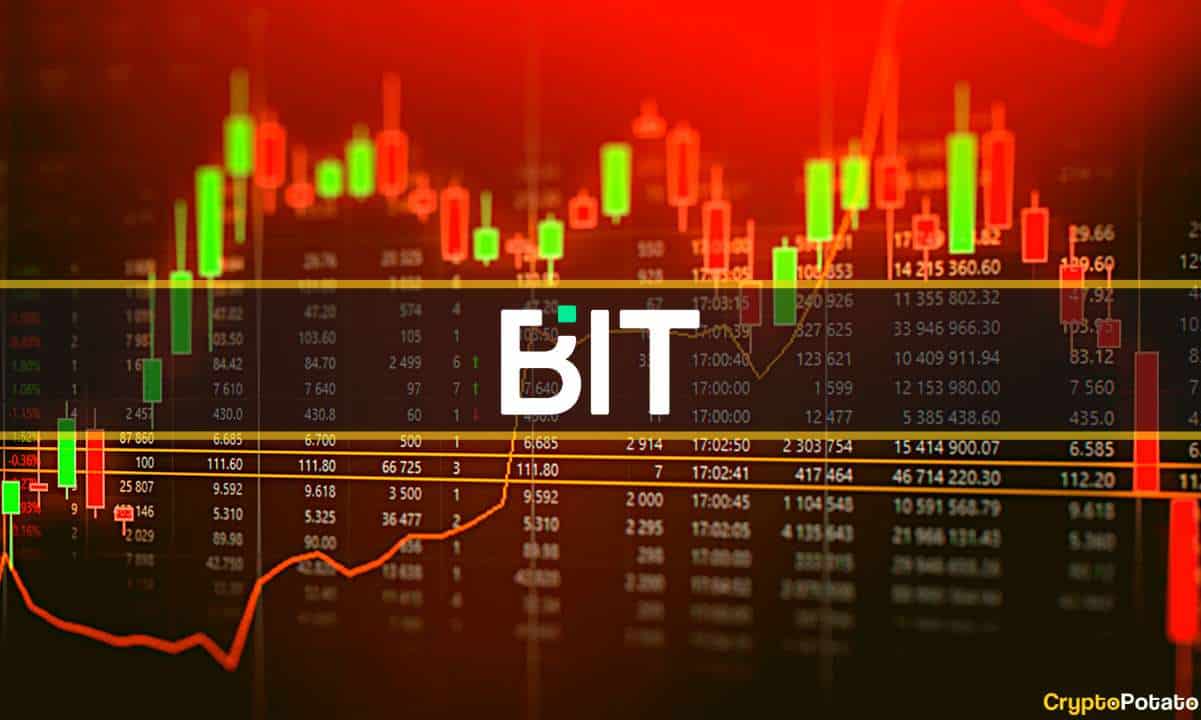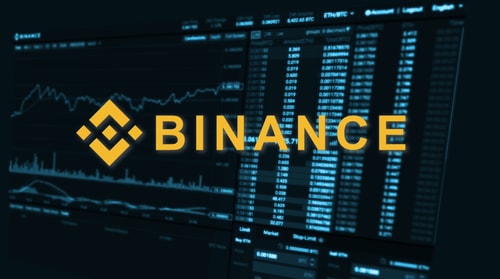A Closer Look at BIT Crypto Exchange’s ADL System
BIT crypto exchange recently launched its own ADL to enrich its account risk control management system.
While traders are worried about the forced liquidation brought by this ADL mechanism, BIT claims this is for better risk management and ensuring trading fairness. Let’s dig in.
What is ADL?
ADL stands for Auto-Deleveraging or Automatic Deleveraging, and it is a mechanism used by some cryptocurrency exchanges to manage their risk exposure and ensure the stability of their trading platform.
On BIT crypto exchange, if the market moves against a leveraged position and the user account’s maintenance margin rate exceeds 100%, the forced liquidation mechanism will be triggered.
The system will first try to liquidate the account by matching orders in the order book market. If the pending order can find a match in the order book market and is fully executed, then the forced liquidation is completed as expected.
However, if the pending order fails to be executed due to a lack of liquidity and the maintenance margin rate of the account continues to rise above 200% due to unilateral market fluctuations, the auto-deleveraging mechanism will be triggered to ensure that the forced liquidation will be completed successfully.
After the auto-deleveraging is triggered, the forced liquidation by order matching will be abandoned, and instead, the system will directly find a counterparty determined by the algorithm for the account being liquidated and trade directly at the marked price. In this way, forced liquidation can be completed successfully, and the risk of bankruptcy can be reduced. At the same time, the counterparty to the liquidated account is executed with auto-deleveraging by providing liquidity.
The auto-deleveraging mechanism is designed to effectively prevent the exchange’s equity from being a source of profit for users in derivative trading during a black swan event and further guarantees the solvency of BIT and the security of all users’ funds.
Therefore, traders should be aware of the potential risks involved with leveraged trading and understand the specific ADL policies of the exchanges they use.

Features Associated with ADL Application
The main benefit of using ADL (Auto-Deleveraging) for a cryptocurrency exchange is risk management. By implementing ADL, the exchange can limit its exposure to losses resulting from leveraged trading, which can be particularly important in volatile markets where sudden price movements can result in significant losses.
Here are some of the potential benefits of using ADL:
- Risk Management: ADL helps exchanges to manage their risk by automatically closing out positions when they reach a certain level of liquidation, which reduces the risk of large losses for the exchange.
- Platform Stability: By reducing the risk of large losses, ADL can help maintain the stability of the trading platform and prevent potential system failures that could result from sudden losses.
- Lower Insurance Fund Contributions: By limiting the risk exposure of the exchange, ADL can reduce the need for insurance fund contributions, which can result in lower trading fees for users.
- Improved Liquidity: ADL can help ensure that traders have access to liquid markets, even during periods of high volatility, by reducing the risk of large losses that could lead to market disruptions.
- Fairness: ADL helps to ensure that traders who take on high leverage and risk are responsible for their losses, rather than the exchange and its other users being forced to bear the cost.
However, it’s worth noting that ADL can also have some drawbacks, such as unexpected losses for traders who did not intend to take on such high leverage or risk exposure. Therefore, traders should be aware of the potential risks involved with leveraged trading and understand the specific ADL policies of the exchanges they use.
What Can Traders do to Avoid Triggering ADL?
To avoid triggering ADL (Auto-Deleveraging) on a cryptocurrency exchange, traders should carefully manage their risk exposure and use leverage responsibly. Generally speaking, traders should use appropriate leverage, monitor their margin levels closely, and maintain sufficient margin to avoid being liquidated. Setting stop-loss orders and diversifying their portfolio will also help. It is also important to clearly understand the exchange’s ADL rules.
On BIT, auto-deleveraging accounts will be ranked based on their margin and profit score. The higher the margin and profit score, the higher the ranking in the auto-deleveraging sequence. The margin and profit score is calculated as follows:
Margin and Profit Score = Account Margin Rate * Return Rate of Position
Your account’s risk of auto-deleveraging is clearly displayed on your positions page. The light on the right side of the product indicates the user’s position ranking in the auto-deleveraging sequence. The more lights that are on, the higher the possibility of being deleveraged.
Users will receive an SMS or email notification with details when their position has been auto-deleveraged. Users can also view this information in the order history. If an account’s position has been auto-deleveraged, it can be reopened in the market at any time.
Most of the accounts that are forced to liquidate are due to their own high leverage and the high volatility of the market. In fact, the accounts that are ranked high in the automatic deleveraging order are not exempt from this fate. The only difference is that the current market volatility favors the side that is automatically deleveraged rather than the side that is forced to liquidate.
But who can guarantee that high market volatility will not turn an automatically deleveraged account into one that is forced to liquidate? Therefore, the automatic deleveraging mechanism not only provides liquidity protection for the accounts that are forced to liquidate but also effectively protects the accounts that are subject to automatic deleveraging. After all, timely locking in profits is a wise move.
The post A Closer Look at BIT Crypto Exchange’s ADL System appeared first on CryptoPotato.









